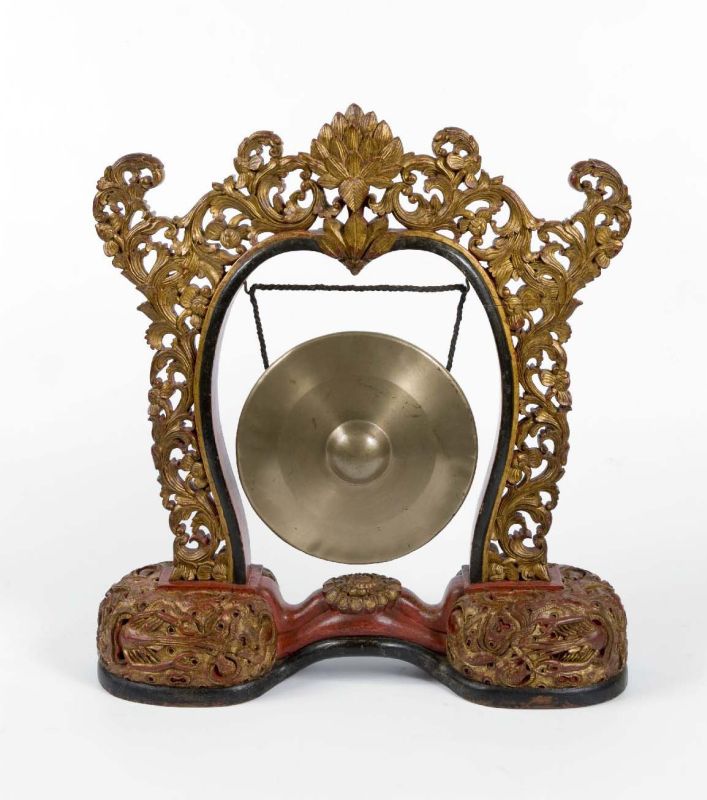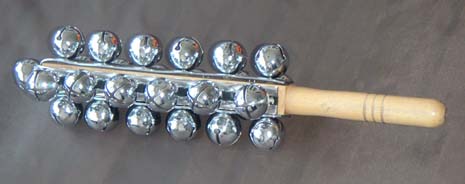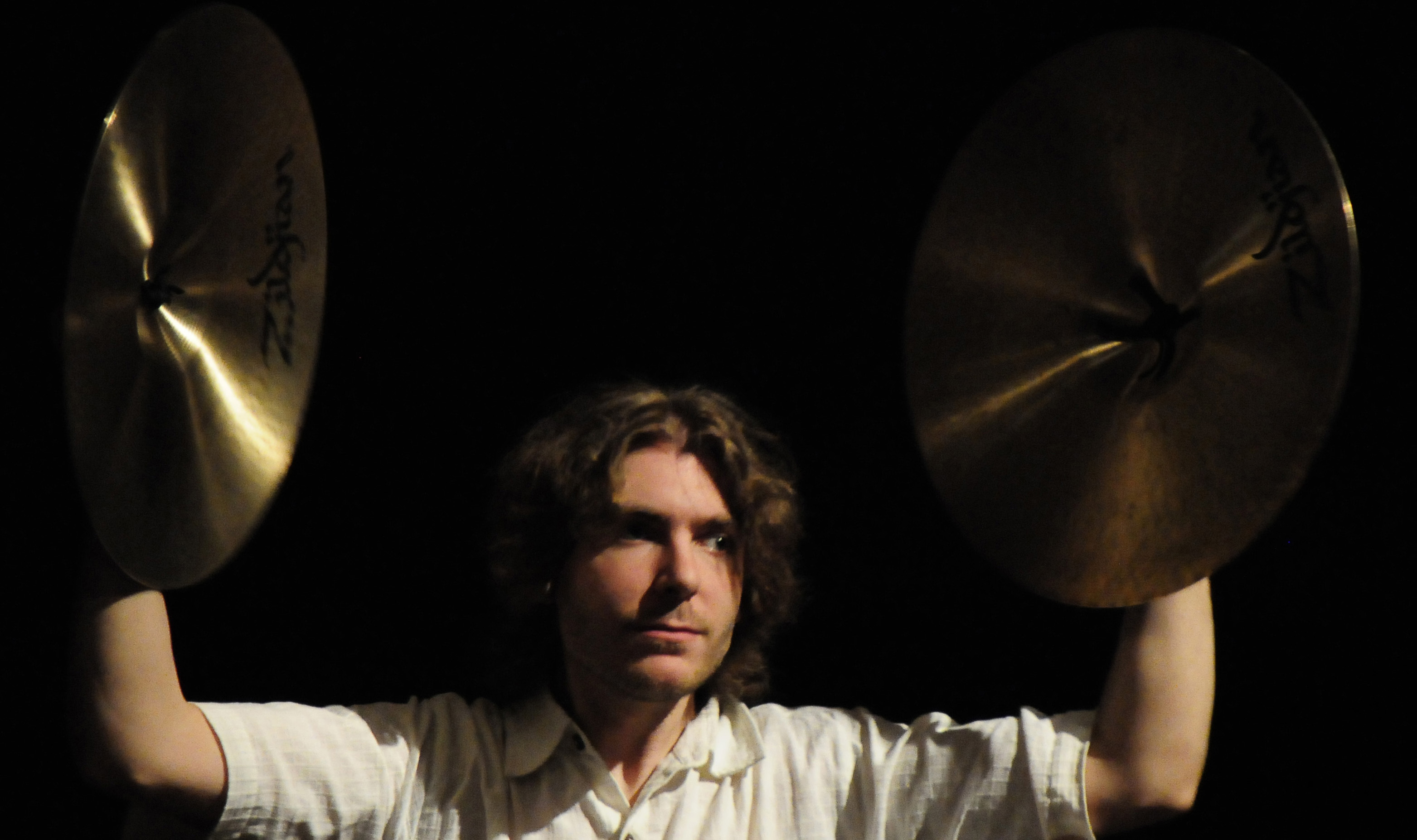|
Intégrales
''Intégrales'' is a work for eleven wind and brass instruments and four percussionists by Edgard Varèse, written in 1923 and published in New York in 1925. It was first performed on 1 March 1925, at the Aeolian Hall, New York City, at a concert organised by the International Composers' Guild (ICG). It was also the last piece played at the final concert ICG on 17 April 1927, also at the Aeolian Hall. This was contrary to the ICG policy of only performing a work once, a policy of which Varèse himself was the foremost proponent. Composition ''Intégrales'' is an early example of Varèse's exploration of electronic music; although no electronic equipment is included in the arrangement, passages of ''Intégrales'' imitate the sound of reversed audio recordings, based on his experiments with phonograph records. The composition was conceived for what Varèse termed "spatial projection", arranging specific acoustic elements in locations around the performance hall; while this was no ... [...More Info...] [...Related Items...] OR: [Wikipedia] [Google] [Baidu] |
Edgard Varèse
Edgard Victor Achille Charles Varèse (; also spelled Edgar; December 22, 1883 – November 6, 1965) was a French and American composer who spent the greater part of his career in the United States. Varèse's music emphasizes timbre and rhythm; he coined the term "organized sound" in reference to his own musical aesthetic. Varèse's conception of music reflected his vision of "sound as living matter" and of "musical space as open rather than bounded". He conceived the elements of his music in terms of "Sound mass, sound-masses", likening their organization to the natural phenomenon of crystallization. Varèse thought that "to stubbornly conditioned ears, anything new in music has always been called Noise in music, noise", and he posed the question, "what is music but organized noises?" Although his complete surviving works only last about three hours, he has been recognized as an influence by several major composers of the late 20th century. Varèse saw potential in using electron ... [...More Info...] [...Related Items...] OR: [Wikipedia] [Google] [Baidu] |
Wind Instrument
A wind instrument is a musical instrument that contains some type of resonator (usually a tube) in which a column of air is set into vibration by the player blowing into (or over) a mouthpiece set at or near the end of the resonator. The pitch of the vibration is determined by the length of the tube and by manual modifications of the effective length of the vibrating column of air. In the case of some wind instruments, sound is produced by blowing through a reed; others require buzzing into a metal mouthpiece, while yet others require the player to blow into a hole at an edge, which splits the air column and creates the sound. Methods for obtaining different notes * Using different air columns for different tones, such as in the pan flute. These instruments can play several notes at once. * Changing the length of the vibrating air column by changing the length of the tube through engaging valves ''(see rotary valve, piston valve)'' which route the air through additional tubing, ... [...More Info...] [...Related Items...] OR: [Wikipedia] [Google] [Baidu] |
Bass Trombone
The bass trombone (, ) is the bass instrument in the trombone family of brass instruments. Modern instruments are pitched in the same B♭ as the tenor trombone but with a larger bore, bell and mouthpiece to facilitate low register playing, and usually two brass instrument valve, valves to fill in the missing range immediately above the pedal tones. History The earliest bass trombones were pitched a minor third, perfect fourth, fourth, or perfect fifth, fifth below the tenor, which was then pitched in A.Due to the higher concert pitch#History of pitch standards in Western music, church pitch used throughout parts of Renaissance Europe, tenor trombones were usually described as pitched in A, even though they are a similar size to modern B♭ tenor trombones. The first position A = 466 Hz in high pitch produces the B♭ in the modern A440 (pitch standard), 440 Hz pitch standard. They had a smaller bore and less flared bell than modern instruments, and a longer slide with an att ... [...More Info...] [...Related Items...] OR: [Wikipedia] [Google] [Baidu] |
Tam-tam
A gongFrom Indonesian and ; ; zh, c=鑼, p=luó; ; ; ; ; is a percussion instrument originating from Southeast Asia, and used widely in Southeast Asian and East Asian musical traditions. Gongs are made of metal and are circular and flat or bowl-like in shape, and can come in various sizes. They are typically struck with a mallet. They can be played alone, giving a characteristic "crashing" sound, or played as part of a tuned set that produce bell-like sounds. The earliest possible depictions of gongs is from the details on the surface of the Ngọc Lũ I bronze drum () from the Dong Son culture of northern Vietnam. It depicts what looks like seven-gong ensembles along with other instruments (including cymbals/bells and the bronze drums themselves). The oldest undisputed historical mention of gongs can be found in sixth century AD Chinese records, which mentioned it as a foreign instrument that came from a country between Tibet and Burma. The term ''gong'' () origina ... [...More Info...] [...Related Items...] OR: [Wikipedia] [Google] [Baidu] |
Gong
A gongFrom Indonesian language, Indonesian and ; ; zh, c=鑼, p=luó; ; ; ; ; is a percussion instrument originating from Southeast Asia, and used widely in Southeast Asian and East Asian musical traditions. Gongs are made of metal and are circular and flat or bowl-like in shape, and can come in various sizes. They are typically struck with a mallet. They can be played alone, giving a characteristic "crashing" sound, or played as part of a tuned set that produce bell-like sounds. The earliest possible depictions of gongs is from the details on the surface of the Ngọc Lũ I Dong son drum, bronze drum () from the Dong Son culture of northern Vietnam. It depicts what looks like seven-gong ensembles along with other instruments (including cymbals/bells and the bronze drums themselves). The oldest undisputed historical mention of gongs can be found in sixth century AD Chinese records, which mentioned it as a foreign instrument that came from a country between Tibet and Bur ... [...More Info...] [...Related Items...] OR: [Wikipedia] [Google] [Baidu] |
Tambourine
The tambourine is a musical instrument in the percussion family consisting of a frame, often of wood or plastic, with pairs of small metal jingles, called "zills". Classically the term tambourine denotes an instrument with a drumhead, though some variants may not have a head. Tambourines are often used with regular percussion sets. They can be mounted, for example on a stand as part of a drum kit (and played with drum sticks), or they can be held in the hand and played by tapping, hitting, or shaking the instrument. Tambourines come in many shapes with the most common being circular. It is found in many forms of music: Albanian folk music, Arabic folk music, Israeli folk music, Turkish folk music, Greek folk music, Italian folk music, French folk music, classical music, Galician traditional music, Asturian traditional music, Persian music, samba, gospel music, pop music, country music, and rock music. History The origin of the tambourine is unknown, but it appea ... [...More Info...] [...Related Items...] OR: [Wikipedia] [Google] [Baidu] |
Sleigh Bell
A jingle bell or sleigh bell is a type of bell which produces a distinctive 'jingle' sound, especially in large numbers. They find use in many areas as a percussion instrument, including the classic sleigh bell sound and morris dancing. They are typically used as a cheaper alternative to small 'classic' bells. The simplest jingle bells are produced from a single piece of sheet metal bent into a roughly spherical shape to contain a small ball bearing or short piece of metal rod. This method of production results in the classic two- or four-leaved shape. Two halves may also be crimped together, resulting in a ridge around the middle. A glass marble may also be used as the ringer on larger bells. History Bells of this type were developed centuries ago from the European crotal bell for fastening to harnesses used with horses or teams of horses. Typically they were used for horse-drawn vehicles, such as carriages and sleighs. The bell was designed to make a jingly sound w ... [...More Info...] [...Related Items...] OR: [Wikipedia] [Google] [Baidu] |
Woodblock (instrument)
A woodblock (also spelled as two words, wood block) is a small slit drum made from a single piece of wood. The term generally signifies the Classical music, Western orchestral instrument, but may also refer to the Wooden fish, Chinese woodblock. In ragtime and jazz music, it is also known as the clog box or tap box. In orchestral music scores, woodblocks may be indicated by the French ''bloc de bois'' or ''tambour de bois'', German ''Holzblock'' or ''Holzblocktrommel'', or Italian ''cassa di legno''. The orchestral woodblock of the West is generally made from teak or another hardwood. The dimensions of this instrument vary, although it is either a rectangular or cylindrical block of wood with one or sometimes two longitudinal cavities. It is played by striking it with a stick, which produces a sharp crack. Alternatively, a rounder mallet, soft or hard, may be used, which produces a deeper-pitched and fuller "knocking" sound. On a drum kit, a woodblock is traditionally mounted on ... [...More Info...] [...Related Items...] OR: [Wikipedia] [Google] [Baidu] |
Clash Cymbals
Clash cymbals (also called concert cymbals, orchestral cymbals, or crash cymbals) are cymbals played in matched pairs by holding one cymbal in each hand and striking the two together. To differentiate this type of cymbal from a suspended cymbal, they are also called hand cymbals. Terminology In Sheet music, musical scores, clash cymbals are normally indicated as ''cymbals'' or sometimes simply ''C.C.'' If another type of cymbal, for example, a suspended cymbal, is required in an orchestral score, then for historical reasons this is often also indicated ''cymbals''. Some composers and arrangers use the plural ''cymbals'' or ''crash cymbals'' to indicate clash cymbals, with the singular ''cymbal'' to indicate a suspended cymbal. Composers will often condense the clash cymbals and a suspended cymbal into the same part. There are a number of techniques used to indicate which is desired. Whenever ''with stick'' or ''with mallet'' is written, a suspended cymbal is used. A return to clas ... [...More Info...] [...Related Items...] OR: [Wikipedia] [Google] [Baidu] |
Castanets
Castanets, also known as ''clackers'' or ''palillos'', are a percussion instrument ( idiophonic), used in Spanish, Calé, Moorish, Ottoman, Greek, Italian, Mexican, Sephardic, Portuguese, Filipino, Brazilian, and Swiss music. In ancient Greece and ancient Rome there was a similar instrument called the '' crotalum''. The instrument consists of a pair of concave shells joined on one edge by a string. They are held in the hand and used to produce clicks for rhythmic accents or a ripping or rattling sound consisting of a rapid series of clicks. They are traditionally made of hardwood (chestnut; Spanish: ''castaño''), although fibreglass has become increasingly popular. In practice, a player usually uses two pairs of castanets. One pair is held in each hand, with the string hooked over the thumb and the castanets resting on the palm with the fingers bent over to support the other side. Each pair will make a sound of a slightly different pitch. The slightly lower one usuall ... [...More Info...] [...Related Items...] OR: [Wikipedia] [Google] [Baidu] |
Lion's Roar (instrument)
The lion's roar is a membranophone instrument that has a drum head and a cord or horsehair passing through it. It gets its name from the sound it produces, which closely resembles a lion's roar. The home-made lion's roar is a drum that sits on the floor. The cord then makes friction with the drum head as it is moved back and forth. Classification According to the Gary D. Cook classification system of musical instruments, it is a chordophone In musical instrument classification, string instruments, or chordophones, are musical instruments that produce sound from vibrating strings when a performer strums, plucks, strikes or sounds the strings in varying manners. Musicians play some ... because it produces sound through the vibration of strings. It can also be classified as a friction drum. Form The lion's roar consists of a cylindrical or bucket-shaped vessel with one end open and the other closed with a membrane. A length of cord or gut is fastened through a hole in the cen ... [...More Info...] [...Related Items...] OR: [Wikipedia] [Google] [Baidu] |
Tenor Drum
A tenor drum is a membranophone without a snare. There are several types of tenor drums. Early music Early music tenor drums, or long drums, are cylindrical membranophone without snare used in Medieval, Renaissance and Baroque music. They consist in of a cylinder of wood, covered with skin heads on both ends, that are tensioned by ropes. Played with two sticks, this type of drum varies in pitch, according to its size. Orchestral music In a symphony orchestra's percussion section, a tenor drum is a low-pitched drum, similar in size to a field snare, but without snares and played with soft mallets or hard sticks. It is larger in diameter than depth, and tonally is midway between the bass drum and an unsnared snare drum. Berlioz scored for 2 tenor drums in the "Grande messe des morts". His "Te Deum" requires 6 tenor drums. Wagner wrote for this drum in "Rienzi", "Lohengrin", "Die Walküre", “Götterdämmerung”, and "Parsifal". Strauss used it in "Ein Heldenleben", and Elgar in ... [...More Info...] [...Related Items...] OR: [Wikipedia] [Google] [Baidu] |









